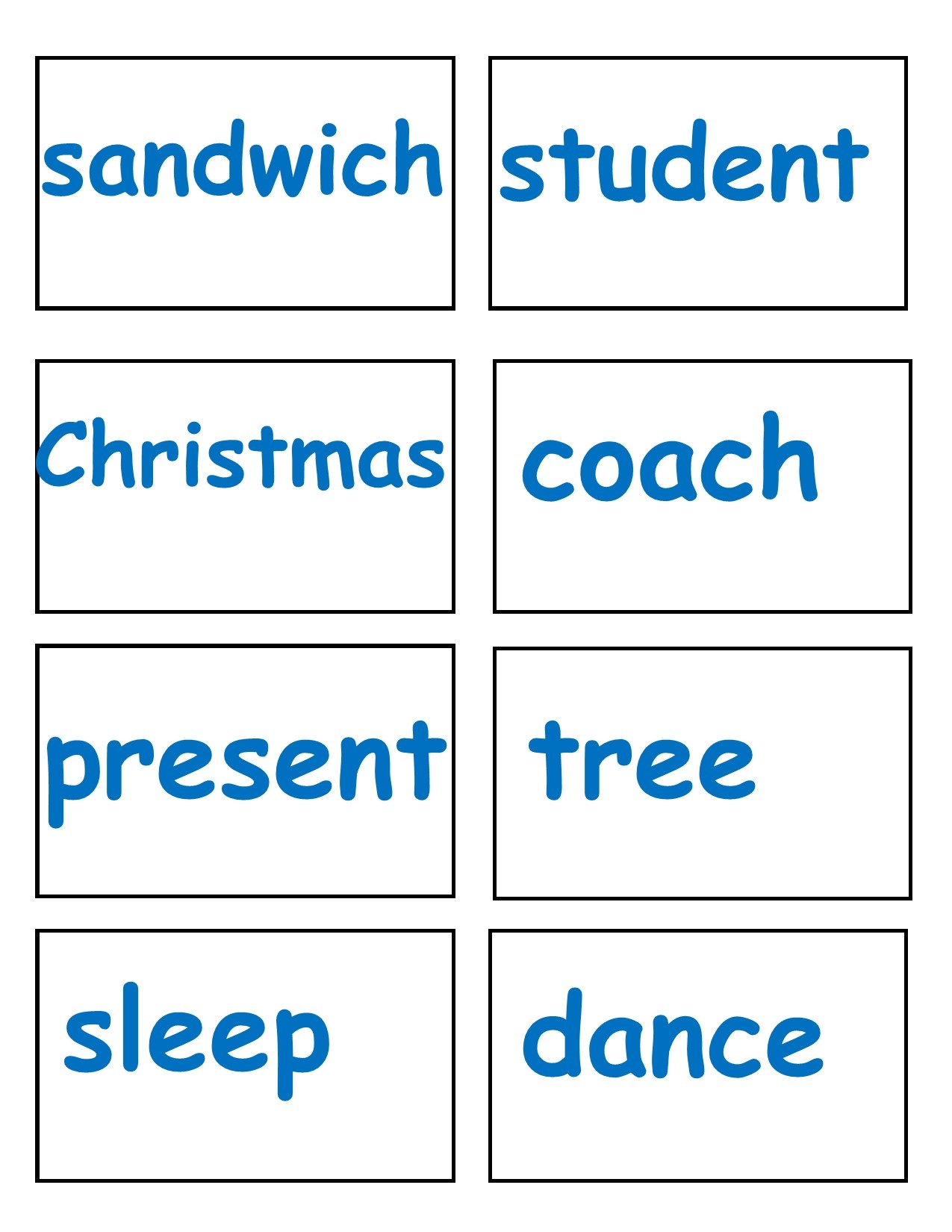Nouns, verbs, and adjectives are essential parts of speech that make up the foundation of the English language. Understanding how these word types work together can greatly improve your writing and communication skills. Let’s take a closer look at the roles they play in sentences.
When it comes to building sentences, nouns are the building blocks. They are words that represent people, places, things, or ideas. Without nouns, it would be impossible to convey a complete thought. Verbs, on the other hand, are action words that show what the subject of the sentence is doing. Adjectives add description to nouns, providing more detail and clarity to the writing.
Wordwall Nouns Verbs Adjectives
Nouns are often the subject or object of a sentence, such as “dog,” “house,” or “love.” Verbs are the action words that describe what the subject is doing, like “run,” “eat,” or “sleep.” Adjectives are words that modify or describe nouns, such as “beautiful,” “tall,” or “delicious.”
When constructing sentences, it’s important to ensure that nouns, verbs, and adjectives work together harmoniously to convey a clear message. For example, in the sentence “The happy dog ran quickly,” “dog” is the noun, “ran” is the verb, and “happy” and “quickly” are adjectives that provide additional information about the dog’s actions.
Using a variety of nouns, verbs, and adjectives can enhance the quality of your writing and make it more engaging for the reader. Experiment with different combinations of these word types to create vivid imagery and evoke emotions in your writing. Remember that the right word choice can make a significant impact on the overall tone and message of your writing.
In conclusion, understanding the roles of nouns, verbs, and adjectives is crucial for effective communication in writing. By mastering how these word types interact with one another, you can create sentences that are clear, concise, and impactful. So, next time you sit down to write, pay attention to the wordwall of nouns, verbs, and adjectives, and watch your writing come to life.
